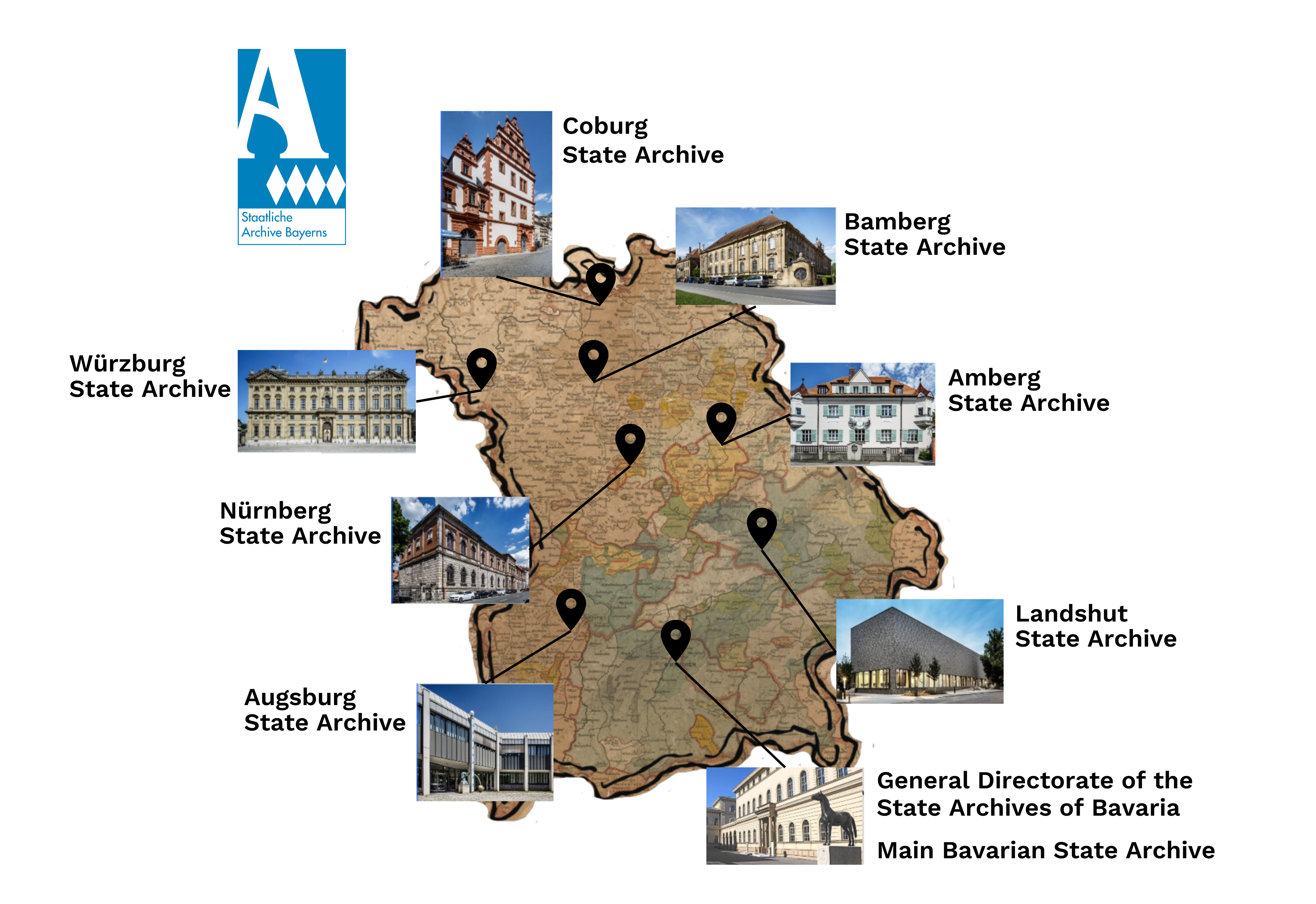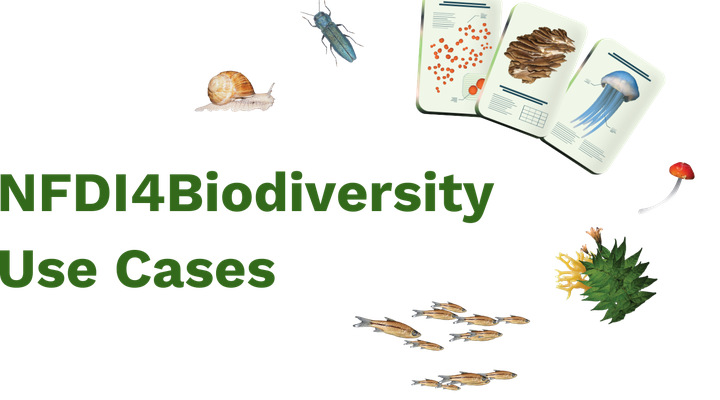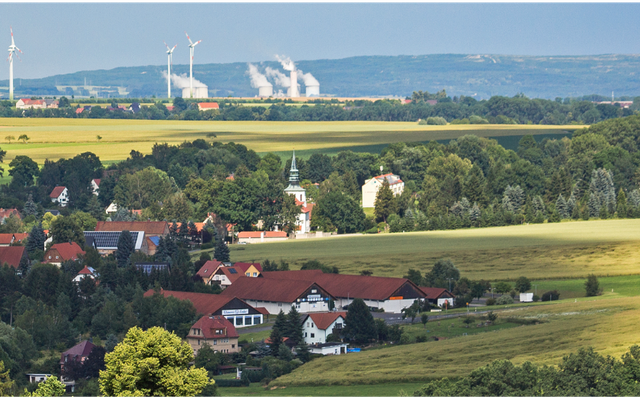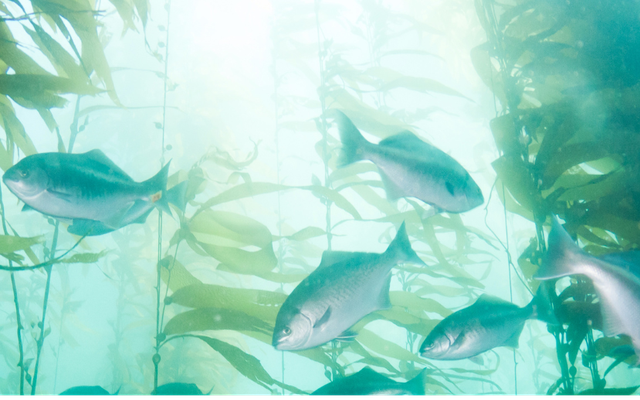
Bavarian State Archives
About the General Directorate of the State Archives of Bavaria (GDA)
The General Directorate of the State Archives of Bavaria (GDA) is the specialized authority for archives in the Free State of Bavaria. It is responsible for all basic and cross-sectional tasks for the eight state archives in Bavaria (in Amberg, Augsburg, Bamberg, Coburg, Landshut, Munich, Nuremberg and Würzburg). This also includes the management and coordination of central specialized tasks such as evaluation, acquisition, ordering and indexing of archive material according to uniform principles, preservation, IT, public coat of arms law and historical-political educational work (e.g. exhibitions and publications). Together with the Bavarian Main State Archives, the nine state archives hold collections from the early Middle Ages to the present day. The Bavarian Archives Act obliges Bavarian authorities and other state agencies to hand over their documents and data to the state archives, where they are permanently stored, indexed and, among other things, made accessible again for research. The archived material is very heterogeneous: it ranges from analog documents such as deeds, files, maps and audiovisual media to purely digitally created data from a wide variety of state producers.
The areas of responsibility and projects of the Bavarian State Archives are very diverse. They range from advising users in research and data producers in information management as well as non-governmental archives in technical matters to organising specialist conferences and workshops, training and further education to designing archiving interfaces and preparing archived documents. Recently, a specialist concept for the digital archive and, together with the Bavarian State Commissioner for Data Protection, a working paper on archival retention and deletion regulations under data protection law were developed.

The common goal: mobilisation of relevant but hitherto little-noted biodiversity data
Bavaria's state archives hold data stocks that are relevant to biodiversity research and have received little attention to date. These are to be made accessible to a broader user community in NFDI4Biodiversity. These include digital-born data from the state authorities, such as data on water resources or central surveys of tree and plant populations, or historical records of flora and fauna in the former Bavarian territory.
The possibility of mobilising and archiving this data is to be tested in cooperation with various NFDI4Biodiversity use cases. In the future, the GDA would like to prepare biodiversity data for long-term archiving through cooperation with the State Natural Science Collections of Bavaria (SNSB), for example, which is also an NFDI4Biodiversity partner. Via an ABCD interface, realised with the help of funds from an NFDI4Biodiversity flexfund, the indexing metadata can also be made available to the biodiversity research community via GBIF.
Numerous collaborations within the NFDI4Biodiversity and NFDI community
Contribution of long-term archiving expertise and cooperation with other NFDI4Biodiversity partners
GDA is actively involved in various developments within NFDI4Biodiversity and contributes its expertise in the field of digital long-term archiving, particularly in Task Area 3 (“Sustainable data, tools and services”, TA3, 2consolidate). Together with several NFDI4Biodiversity partners, workflows for the sustainable archiving of biodiversity-relevant data sets were also tested.
Together with the SNSB, the data collection on powdery mildew fungi (“Erysiphales Collection”) and the associated database structure were archived using the SIARD standard in a pilot project. The cooperation is to be continued in the current phase and phase 2 of NFDI4Biodiversity in order to archive further data sets from various research collections (fossils, animals) and to extend the SIARD approach to other relational database systems. Via the established networks and access portals of the state archives in Germany, sensitive areas of the archived data (protected by personal rights, environmental law, etc.) that would otherwise not be published can then also be made available in (pseudo-) anonymized form under restricted access rights.
The collaboration was presented by Tanja Weibulat at the NFDI4Biodiversity All Hands Conference 2024 and can be found here: https://zenodo.org/records/12531195
There are also cooperations with the two Bavarian national park administrations – Bavarian Forest and Berchtesgaden – for archiving data from individual projects (you can find more on the cooperation with the Bavarian Forest National Park – another NFDI4Biodiversity use case – here).
There are also collaborations with the two Bavarian national park administrations - Bavarian Forest and Berchtesgaden - for archiving data from individual projects (more on the cooperation with the Bavarian Forest National Park - another use case - can be found here).
The common goal: mobilizing relevant, but previously neglected biodiversity data
The Bavarian State Archives hold data collections that are relevant to biodiversity research and have received little attention to date, which are to be made accessible to a wider user community in NFDI4Biodiversity. These include digital-born data from the state authorities, such as hydrological data or central surveys of tree and plant populations or historical records of flora and fauna in the former Bavarian territory. GDA has successfully implemented the following project examples as part of the NFDI4Biodiversity for the mobilization of historical biodiversity data:
NFDI4Biodiversity Flexfund project: FAIR geodata from the archive. A tool for automated metadata extraction from historical maps
As part of an NFDI4Biodiversity-funded cooperation project between the GDA and the Leibniz Institute of Ecological Urban and Regional Development (IOER), methods were developed to improve the accessibility and interoperability of historical geoinformation. The project aimed to develop digitization recommendations for historical maps and to develop a tool for the mobilization and FAIRification of analogue geoinformation. The extracted geodata and metadata comply with various standards and are thus accessible for biodiversity research and other scientific communities. The data will be included in a digital long-term archive via an archiving interface and can be included in specialist portals.

Pilot project: The mobilization of historical animal observation data</b
In 1845, the Bavarian government carried out a comprehensive survey of the occurrence of 44 selected animal species. To this end, 119 Bavarian forestry offices were provided with standardized recording forms to document the presence or absence of the respective species. These historical documents can be found in the Bavarian Main State Archives and are part of the holdings of the Bavarian State Collection for Zoology (ZSM) (BayHSt, Zoologische Staatssammlung, 208-217).
In a collaborative project between the GDA, the Chair of Computational Humanities at the University of Passau, the German Center for Integrative Biodiversity Research (iDiv) and the NFDI4Biodiversity consortium, historical animal observation data was processed for modern biodiversity research and converted into digital, georeferenced observation data. With AI support, a total of 5,467 datasets on historical biodiversity in Bavaria were created from over 500 handwritten pages. The datasets describe the time, place and habitat of the historical animal occurrences in a format that enables detailed further computer-aided scientific analysis. The data was published at GBIF, an international data center that makes biodiversity data freely available to the global research community. In addition, the data has been integrated into the national biodiversity portal curated by the NFDI4Biodiversity consortium LAND (Living Atlas of Nature in Germany) integrated.
More information on the project: https://www.nfdi4biodiversity.org/en/news/historische-biodiversitaetsdaten-mobilisiert/
In addition, GDA is represented in other NFDI consortia such as 4Earth, FAIRagro, 4Objects, and 4Memory, as well as in the overarching Common Infrastructures section of the AG Long-term Archiving.
Publikationen zum Thema
- Hartmann, André, Herold, Hendrik, Schwartz, Anna Lisa and Schmalzl, Markus. "FAIRe Geodaten aus dem Archiv. Ein Tool zur automatisierten Metadatenextraktion aus historischen Karten" ABI Technik, vol. 43, no. 4, 2023, pp. 260-271. https://doi.org/10.1515/abitech-2023-0045
- Schwartz, Anna Lisa, & Schmalzl, Markus. (2023, July 6). Long-Term Archiving of (Biodiversity-Related) Data at the Archives of the Bavarian State. WG4 Workshop: Completing editorial work on the 'Guideline for long-term preservation and archiving of data products from scientific collections facilities' (The EU COST Action CA17106 on 'Mobilising Data, Experts and Policies in Scientific Collections'), Munich. Zenodo. doi.org/10.5281/zenodo.8121396
- Presentation of Bavaria's GDA with its use case at the NFDI4Biodiversity All Hands Conference 2022:
- Poster
https://doi.org/10.5281/zenodo.7643461 - Poster Flashtalk (starting at 00:00:47)
https://youtu.be/04ECuMFdvlY
- Poster
- Poster submitted for the NFDI4Biodiversity All Hands Conference 2024:
- Publikationen zum Pilotprojekt:
- Datadescriptor: https://www.nature.com/articles/s41597-025-04846-8
- Datenpublikation: https://zenodo.org/records/13899541
- Dataset auf GBIF: https://www.gbif.org/dataset/11c5c7f0-08cf-4a8b-a0e2-dfbc9ad768e3
- Dataset auf LAND: https://land.gbif.de/occurrence/search/?datasetKey=11c5c7f0-08cf-4a8b-a0e2-dfbc9ad768e3
Contact
Discover other Use Cases
What is the potential of NFDI4Biodiversity? This is illustrated by our use cases: real-life projects in which we develop solutions for better data management and provision.

Dragonfly Atlas
Around two million dragonfly data, which should also be available to research and nature conservation – that's what we are working on with the dragonflies of the GdO.

Land Use Monitor
Visualisable long-term data on land use can enrich biodiversity research enormously. Together with the IOER, we are integrating them into NFDI4Biodiversity.

Fish Atlas
The GfI's fishologists have more than 100,000 data sets on regional fish species at their disposal. Together we are making them easier to find and thus more accessible.

